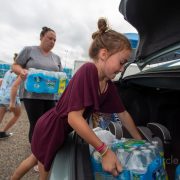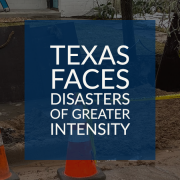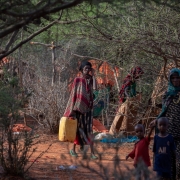HotSpots H2O: Food Emergency for Millions in Afghanistan

A farmer works in the fields in Tarok Kolache, Afghanistan. Photo courtesy of Wikimedia Commons.
More than 10 million people in Afghanistan do not have enough to eat and need humanitarian aid according to the latest alert from an international coalition that analyzes hunger and malnutrition.
The Integrated Food Security Phase Classification, or IPC, is a joint effort between local governments, international agencies, and non-governmental organizations. The effort ranks food security in five stages of increasing severity, from minimal stress (phase 1) to famine (a special designation of phase 5).
In total, 7.79 million people are in a food security crisis (phase 3), while an additional 2.44 million are in an emergency situation (phase 4). These 10.23 million residents account for 33 percent of Afghanistan’s population.
The IPC report names several key drivers behind the food insecurity, including high unemployment, high food prices, conflict, floods, and drought. To address these issues, the IPC recommends providing humanitarian aid, assisting farmers, and improving water irrigation systems.
The report also urges stakeholders to “focus their attention and funding on programs to build resilience to disasters and reduce disaster risks.” This recommendation comes in the wake of the severe floods and droughts that have hit Afghanistan in recent years.
An extreme drought ravaged the northern and western parts of the country in 2018, driving an estimated 275,000 people from their homes. Dry conditions devastated crop production and forced many farmers to sell their livestock. Adequate precipitation during the subsequent winter helped alleviate the drought, but its impact on food security lingers today.
This year, the country has been besieged with the opposite problem: deadly floods. The worst round of flooding arrived in March, affecting an estimated 15,000 families and killing dozens of people. Rapid and short-lived floods have occurred throughout the year after bouts of heavy rainfall.
Conflict continues to be an impediment to stability, and battles between factions fighting for control of the country have intensified in recent years. This year, the United Nations Office for the Coordination of Humanitarian Affairs has reported that 282,823 individuals were forced from their homes due to fighting.
“The humanitarian outlook in Afghanistan is as bleak as ever,” says Christos Stylianides, the European Union’s commissioner for Humanitarian Aid and Crisis Management. “Not only has the conflict between the government and non-state armed groups intensified since the beginning of the year, but devastating floods have also hit this war-torn country.” The EU recently pledged €40 million ($44 million) in humanitarian support for Afghanistan.
More aid may be crucial, depending on the outcome of the next several months. According to the IPC report, conditions are set to worsen, with an additional 1 million people expected to experience severe food insecurity through March 2020.
Kayla Ritter is a recent graduate of Michigan State University, where she studied International Relations and Teaching English to Speakers of Other Languages. She is currently based in Manton, Michigan. Kayla enjoys running, writing, and traveling. Contact Kayla Ritter













Most of the people in this world don’t get food to eat. They have to struggle very hard to get one time meal in a day.
We should not waste water and used it in necessary things. we should also grow more plants.
In the Near Future, it become hard to get healthy food. so, we have to stop wasting food and help the poor who can not afford good healthy food.